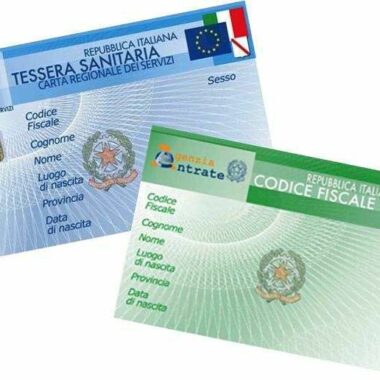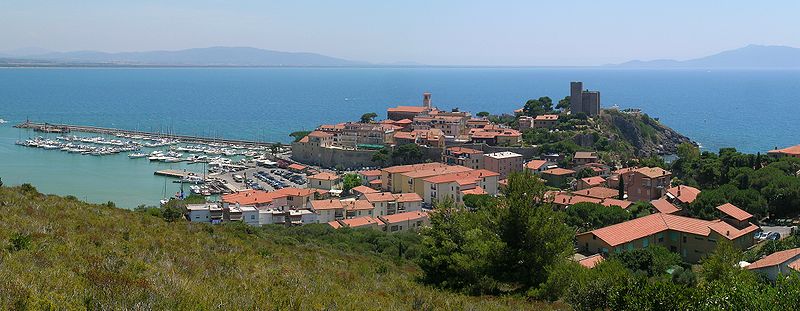Items and furniture you can bring with you
Moving to Italy and Accommodations
In Italy, finding an unfurnished apartment in major towns and cities can be quite difficult. In Rome, you will hardly ever find an unfurnished apartment for rent. This is due to Italian laws that make it harder for the apartment owners to reclaim the apartment from their tenants, even when those tenants do not pay the rent!
Moreover, in the past, an unfurnished apartment had not only no furniture but also no cabinets, no kitchen, no heater – in short, it tended to be rather less than what we would consider “unfurnished” in the United States. The moral is to check what you are renting before you rent. However, the shorter is the rental period, the more items the apartment usually will include. These tips might be useful also if you’re moving to Italy on a student Visa. Let’s see!
Items: WHAT SHOULD I BRING?
Beds and Mattresses: Beds are available from Italian stores, but are not the same size as American beds, and your American sheets won’t fit properly.
Converters: I noticed the most common mistake is to think that a small converter will work with everything. They do not! Converters can usually handle a limited amount of amperes ( watts ) so do not try to use a converter with power-hungry appliances like hair dryers, irons, vacuum cleaners, hi power stereos, for example.
Rugs:
Italian floors are normally made of hard tile or marble which can be slippery and cold (particularly if the heating is less than adequate by American standards, which is not uncommon). Bring all the carpets and rugs you own.
Carpenter’s Tools and Do-It-Yourself Equipment:
Most (if not all) of Italian apartments do not have a wood shop or a garage where you can comfortably work at your wood, car or other house-owner project. Moreover wood is expensive in Italy. Stores like Ikea (yes there is an Ikea in Rome, and in Milan, Turin, Brescia, Genova, Bologna, Florence and Naples!) can give you an easier solution rather attempting to make items such as wardrobes, bookshelves, cabinets, and boxes than to buy them
Dishwashers:
Since Italy is 220v it is a lot easier if you buy a new dishwasher when you get there if your apartment does not have one.
Air Conditioners:
Do not bring an air conditioner. Your U.S. window unit will probably not fit. Also, electricity is expensive. Fans on the other hand are not a bad idea, but are best purchased locally.
Microwave Ovens:
Microwave ovens sold in the states are generally 60 cycles and cannot be converted. Unless specifically designed for 50/60HZ, the magnetron tube will be damaged. A microwave oven designed with 50/60 HZ will still require technical conversion and must be used with a transformer.
Small Electrical Appliances:
Generally speaking, small electrical appliances should work well to use with transformers ( Make sure they are compatible with 50hz 220 volts).
Television:
Italian television is broadcasted in a different format than U.S. television **.
** Note that Italy is changed to a digital system ( in 2011 and a new version in 2022 ) – Not all the areas have the digital system yet but your US TV might or should work t not work with the new digital streaming channels.
DVDs 4k:
are usually region coded – That means you are not supposed to bring your US DVD and watch them on an Italian machine. There are, however, many region-free DVD players on the market at the moment for just around $50 to $100. These will play your US bought DVD. Blue Ray : Most blue ray are not region coded so they should work in Italy.
Computers :
99.9% of Laptop are universal so they will work with 220 Volt. Home computer should have a switch to set the power supply at 220 – Be careful with the monitor some of them do not switch and they may not work well at 50 Hz.
Other Audio/Video Equipment:
Check if your equipment is compatible with 50 HZ 220 volts or use a converter.
Lawn Furniture:
Apartment balconies are a good place to use outdoor furniture.
Bicycles:
It is considered unsafe for young children to ride bikes in the streets. However, some suburban areas do offer relatively quiet streets for safe bicycling.
Shipping your car to Italy from the US:
Since you can’t drive to Italy from the states, it must be shipped via Cargo ship from one of the many points in the United States. I just shipped a car to Civitavecchia (Tuscany) from Baltimore ( February 2005 and 2008 ). It cost approximately $1250-$1500 Roll on Roll Off – A friend of mine just asked and he was quoted $1500 to bring his van from Europe to the US. That means the car must be a drivable car since it will be driven onto and off of the ship, more or less like you do on a ferry-boat. The title must be free of liens and the car can be dropped off at the harbor.
After extensive research, we still have no idea how long the car is allowed to stay in Italy: 6 months, 1 year, 2 years, as long as your permit to stay is valid 2 years renewable … we heard them all. Remember that, unless you want to import the car to Italy, your car should stay registered in the US ( that means you have to check with your state if the state requires yearly inspections ). Years ago, an apostille on the Title was required but now it does not seem to be required (we’ll let you know if we discover we were wrong on this!). You can ship some basic car accessories such as extra oil filters in the car but don’t plan on shipping any household goods in it.
If you’re moving to Italy, be aware of scams at house renting and make sure to collaborate with rental agencies.



































I remember writing this article but it was so long ago, I better take another look at it since some items changed. Most transportable items ( computers, chargers , electric shavers etc ) are now usable universally 110-220 Volts 50 or 60Hz – I go to Italy 4 times a year from the US and all portable items seem to work in both countries. The items that that would not work are larger appliances ( 220Volts only ) or for example an iron ( that need to be purchased for 220V ) –
Hello,
Thank you for this very helpful information. I and my husband are planning to permanently relocate to Abruzzo in the next 2 years. I will be an Italian citizen but my husband will obtain his citizenship later.
As far as bringing items from the USA, how can we find out if an electrical item will be compatible with 50 Hz/ 220 volts? Should I Google each item? We love IKEA here and will probably buy items at the store in Bari. Is it worth shipping: towels, kitchen cookware, glasses and dishes, etc? Is there a site that can tell you what is not shippable to Italy, like acrylic paints (hobby)?
I’m trying to formulate a game plan and become educated in advance of our move!
Many Thanks,
Lori